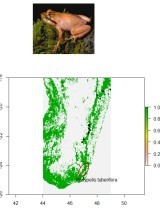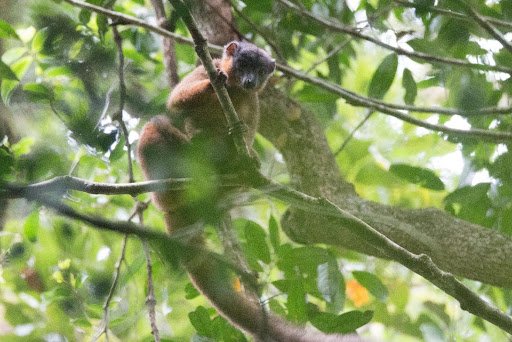

Expected changes in the distribution range of some species inventoried in the Beampingaratsy forest because of climate change
Species Distribution Models (SDM)
Within the framework of an internship supervised by Nitidæ and INRAE, the future distribution of some rare species found within the Beampingaratsy forest massif or further north (South Midongy National Park) was modelled using SDMs according to different climate scenarios predicted by the IPCC (International Panel on Climate Change). These models allow the potential range of a species to be mapped according to occurrence points from field inventories and the overall climatic conditions of the study area. With climate change, it is expected that the range of species will shift towards the poles (southwards in Madagascar) or in altitude. Species that can move with the changes will indeed see their ranges change if the ecosystem on which they depend is still present (in the case of this study, the humid forest). Others will have to adapt quickly or see their population decline. The method used is summarised in the figure below.
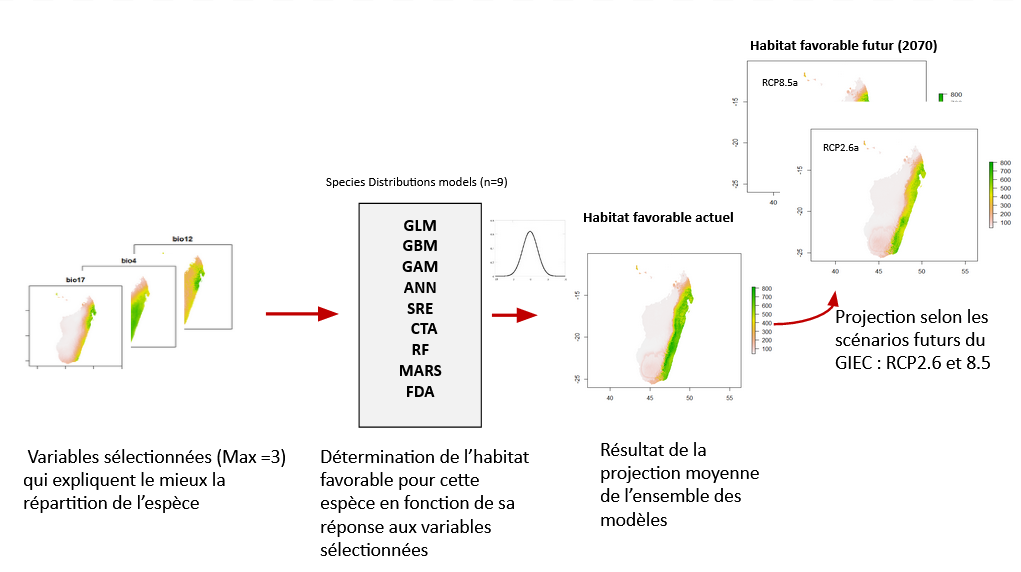
Principles of modelling with Species Distribution Models
The essential role of the Beampingaratsy massif as a forest corridor
The results show that, indeed, most of the ranges of the species studied will shift southwards. Most of the species concerned are strictly forest species. The Beampingaratsy forest massif, located between the Midongy National Park and the Andohahela National Park, will then play an essential role as a forest corridor to allow species that are able to move southwards between these two parks. Fragmentation of this corridor, due to deforestation, would prevent any southward movement of species. An example of the results is shown below for the amphibian Platypelis tuberifera, which will in future find an ideal climate in the elevated areas of Beampingaratsy and Andohahela.
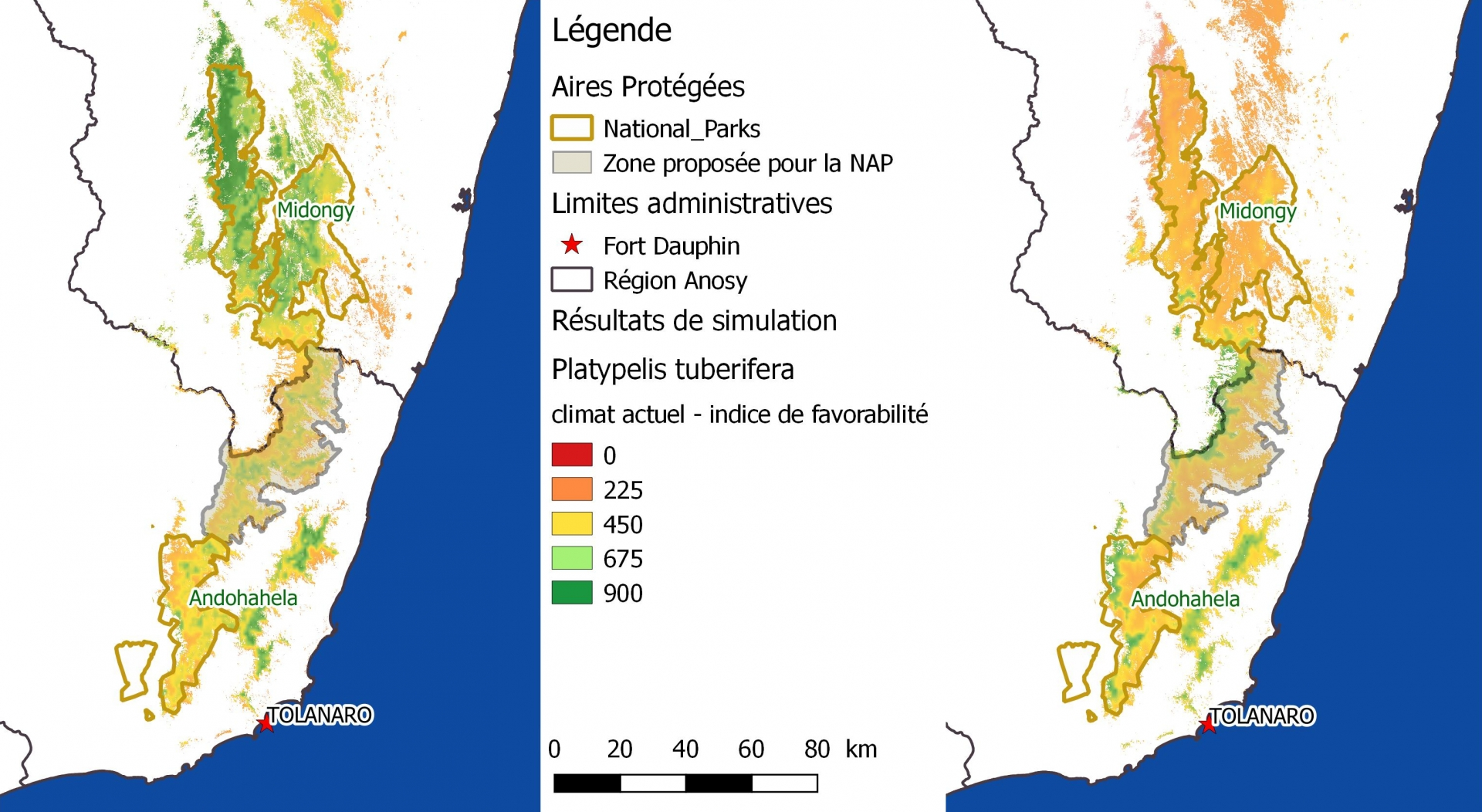
Distribution range map for Platypelis tuberifera under different climate scenarios: current climate on the left and RCP 8.5 (IPCC pessimistic scenario) on the right
Implications for the management of the future protected area
This new knowledge provides additional arguments for the protection of the Beampingaratsy forest massif as it highlights its essential role as a forest corridor whose integrity must be guaranteed in the future. However, this massif is threatened by deforestation. In order to reduce deforestation, Nitidæ is working with the local communities in the area on agricultural development, land use planning and conservation through the Talaky project. If the project of classification of Beampingaratsy under the status of New Protected Area goes ahead, the results of this study will help guide biodiversity monitoring by targeting areas where certain species are expected to be newly present or where they are expected to disappear locally. The monitoring will need to include areas at high altitude.
If you want to know more about the method, please consult the report here and if you want to know the results for all the species studied, you can consult the presentation there.
Related projects
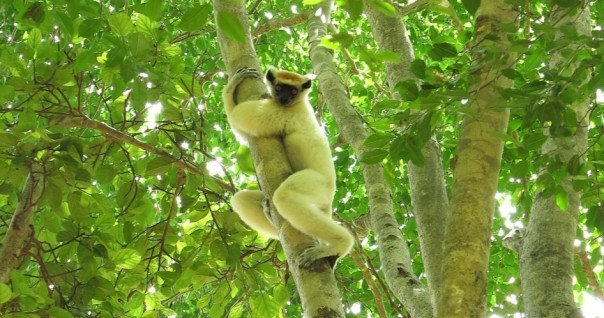
BIOSCENEMADA - Scenarios of biodiversity evolution under the combined effect of climate change and deforestation in Madagascar
See more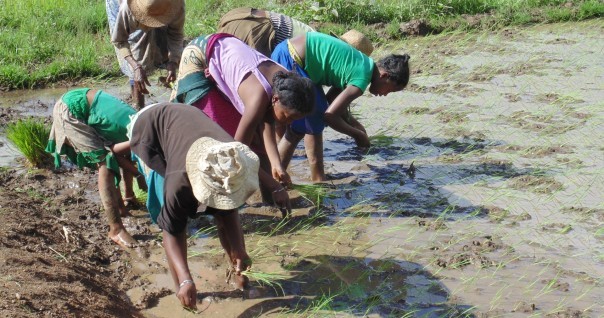
TALAKY - Forests conservation and valorization, Agriculture intensification and ecological diversification, Sustainable concerted development
See moreRelated documents
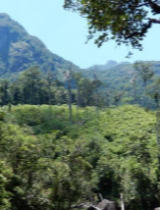
Master's thesis - Modelling the distribution of endemic species in Madagascar according to climatic and land use factors in the context of…

Report on the results on the effects of climate change on 9 endemic species of Madagascar, in the framework of the creation of the NAP of B…
